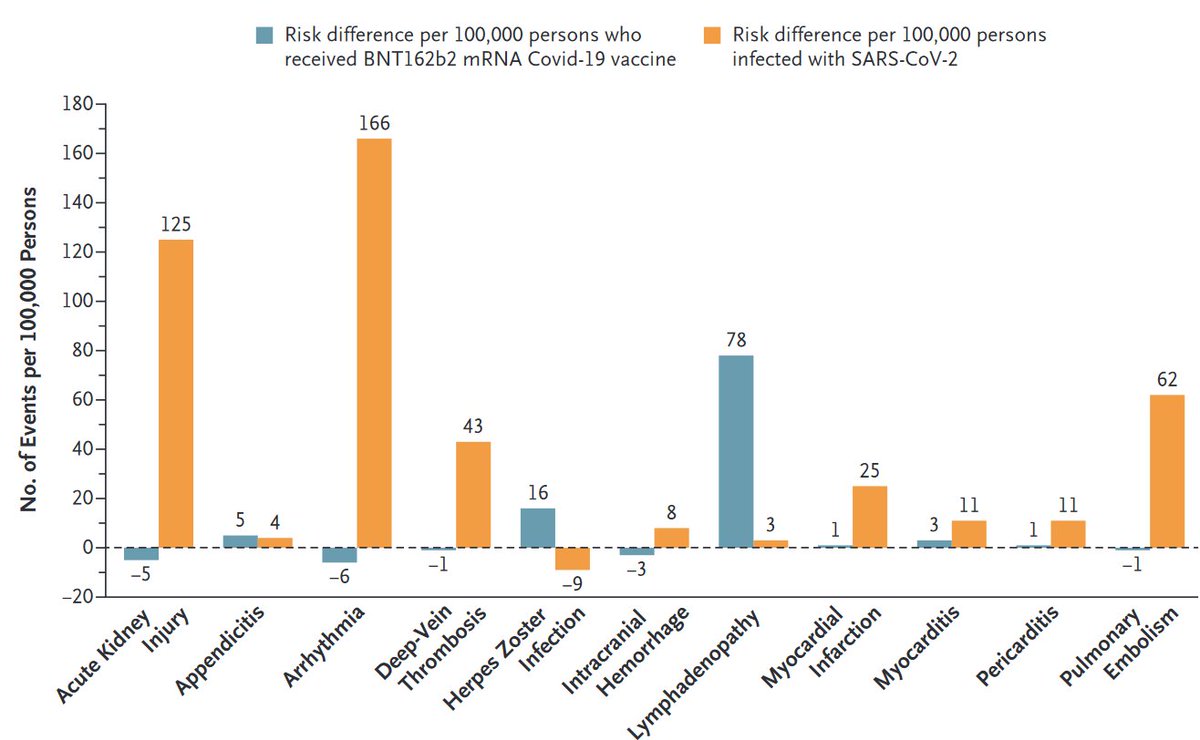Hype: "Give me data on millions on people and my algorithms will spit out gold."
Truth: Lots of data + sophisticated methods do not guarantee correct effect estimates.
Our empirical demonstration of the limits of observational data for #causalinference:
academic.oup.com/aje/article-ab…
Truth: Lots of data + sophisticated methods do not guarantee correct effect estimates.
Our empirical demonstration of the limits of observational data for #causalinference:
academic.oup.com/aje/article-ab…
<2% of deaths are from colorectal cancer. Even if screening prevented all colorectal cancer deaths (which is impossible), the effect wouldn't exceed 2%.
No matter what adjustment method @xabieradrian and us used, our effect estimate from a large claims database was always >5%.
No matter what adjustment method @xabieradrian and us used, our effect estimate from a large claims database was always >5%.

Please join us in publishing your failures. It is the best way to fight hype in #causalinference from complex longitudinal data.
Algorithms may help but, at the end of the day, either you do or don't have data on treatments, outcomes, and confounders. It is really that simple.
Algorithms may help but, at the end of the day, either you do or don't have data on treatments, outcomes, and confounders. It is really that simple.
• • •
Missing some Tweet in this thread? You can try to
force a refresh








